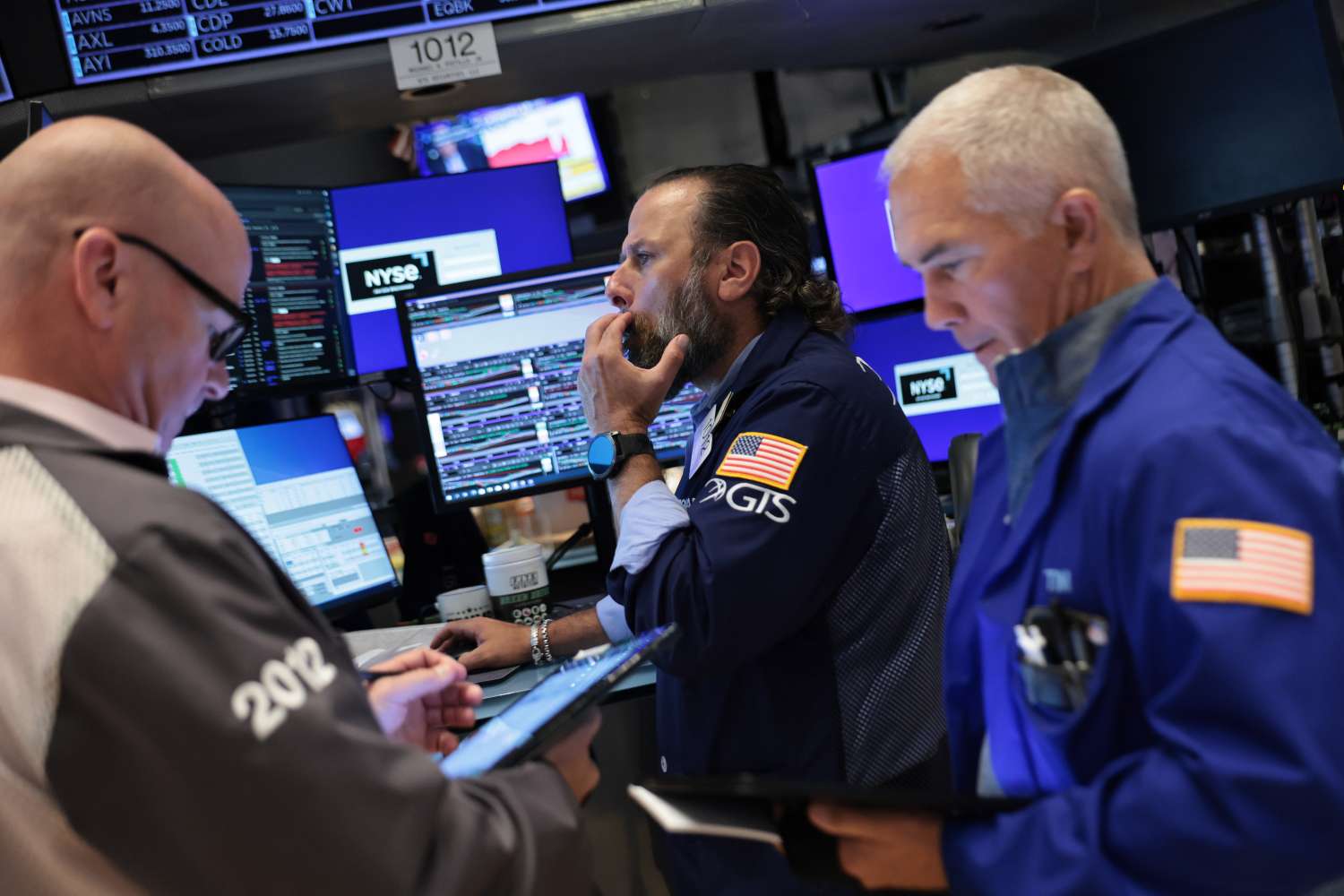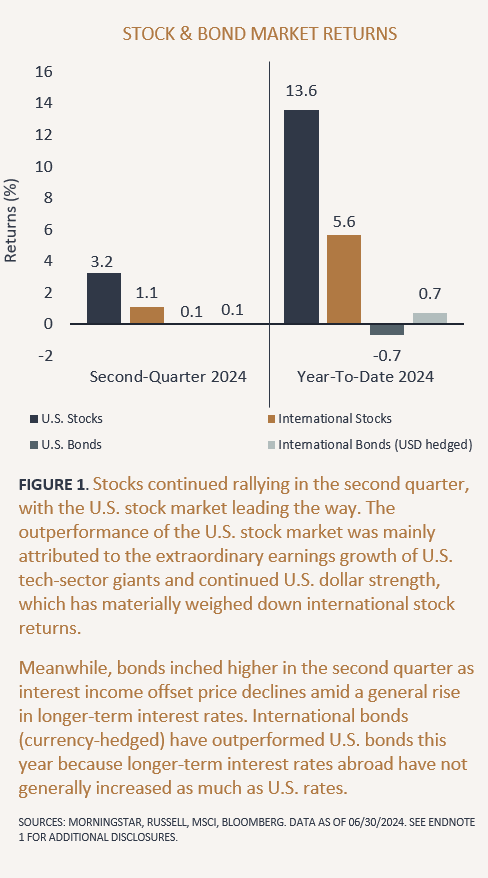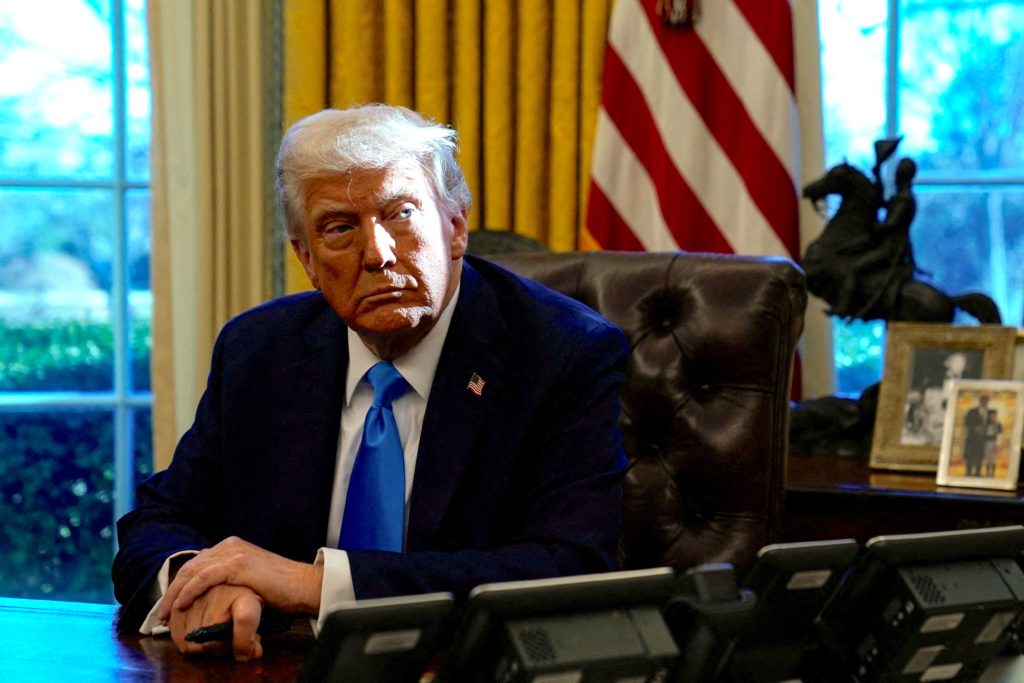I. Overview: Tariffs as Revenue, Not Reform
President Donald Trump has deployed steep new tariffs, including a 50% levy on copper, up to 200% on pharmaceuticals, and country-specific rates between 10–70%, scheduled to begin in August 2025 unless negotiations yield concessions. While the administration touts these tariffs as tools to shrink the U.S. fiscal deficit, economists—including UC Berkeley’s Alan Auerbach—warn that their economic downsides may outweigh the temporary gains.
II. Fiscal Boost or Budget Balancer?
A. Immediate Revenue Gains
Tariffs generate direct income for the U.S. Treasury—in effect acting like a de facto tax on imports. Projections by the Penn Wharton Budget Model suggest $4.5–$5.2 trillion in revenue could be collected over ten years under current proposals, which helps offset tax cuts from recent legislation.
According to CBO analysis, Trump’s tariff plan is estimated to reduce the federal deficit by approximately $2.8 trillion over the next decade.
B. A False Cure for Rising Debt
However, Auerbach and others argue that this topline revenue gain may be short-lived and counterproductive. As tariffs escalate, economic growth weakens—dampening future tax revenue—and the deficit may re-expand.
Moreover, reliance on trade taxes could be misleading. Citing classic economic models, the Council on Foreign Relations notes tariffs often fail to improve the trade deficit and may even worsen it over
III. Economic Trade-Offs: Costs and Consequences
A. Slower GDP Growth
- Penn Wharton projections suggest that the tariffs announced in April 2025 may reduce long-run U.S. GDP by as much as 6% and wages by 5%, with cumulative income losses of around $22,000 per middle-income household.
- Aggregate impact: all tariffs in 2025 could reduce economic growth by 0.9 percentage points in 2025, and depress long-term GDP by 0.6%, equating to roughly $160 billion per year.
B. Rising Consumer Prices and Lower Real Income
Yale Budget Lab analysis estimates the combined 2025 tariffs could raise consumer prices by 2.3%, translating to an average annual income loss of approximately $3,800 per household. Impacts are particularly severe for lower-income households.
Even earlier tariff rounds had noticeable effects: recent forecasts suggest 0.4 percentage point increases in annual inflation for 2025–26.
C. Corporate Profitability and Investment Drag
Tariffs raise production costs—both via direct input tariffs and retaliatory measures—leading to compressed profit margins and eroded capital spending. For example, analysts at Citi lowered earnings forecasts for some manufacturers by over 10% due to these pressures.
In addition, trade uncertainty dampens business confidence, delaying investment decisions. J.P. Morgan reports that about half of tariff-induced GDP losses stem from a negative sentiment shock.JPMorgan Chase
IV. Trade Deficit Paradox and Policy Incoherence
Contrary to political rhetoric, tariffs have not delivered on reducing the trade deficit. CFR analysts highlight that import taxes seldom reduce trade imbalances; instead, they contract both imports and exports by reducing partners’
In fact, year-to-date trade figures show the U.S. goods deficit ballooned by $175 billion through May 2025 compared to the same period in 2024.
CBO and Brookings scholars underscore the internal inconsistency: expanding deficit via tax cuts while seeking to reduce trade deficits through tariffs is economically self-defeating.
V. Long-Term Fiscal and Economic Risks
A. Compounding Debt and Reduced Policy Flexibility
Relying on tariff revenues may postpone fiscal reconsolidation, but burdens remain. Rising deficits—with interest payments consuming larger shares of GDP—could threaten the Fed’s room to maneuver if inflation becomes sticky.
Auerbach warns that without structural reforms to entitlements or tax systems, fiscal vulnerabilities will persist—even if temporary revenue blunts near-term pressures.
B. Structural Lag from Untargeted Taxation
Tariff collections are not a sustainable solution to address structural budget gaps. Unlike broad tax or spending reforms, they disproportionately burden lower-income households and choke investment. Historical tariff data show long-term productivity decline, higher inequality, and reduced output.
C. Global Fallout and Trade Realignment
Heightened trade friction risks disrupting global supply chains. IMF officials voiced concerns over mounting uncertainty and its dampening effect on industrial activity globally.
Investors face growing anxiety—uncertain timelines, unpredictable reversals (“TACO trade”), and macro instability—exacerbate volatility. Despite market resilience so far, many expect conditions to deteriorate if tariff pressures continue.
VI. Expert Takeaways: Revenue Today, Risks Tomorrow
Alan Auerbach (UC Berkeley)
- Tariffs provide disorderly short-term revenue.
- Long-run impacts include weakened trade flows, higher consumer prices, reduced private investment, and unsustainable debt dynamics. He emphasizes that enduring growth requires reform—especially of tax and entitlement structures.
Penn Wharton, Yale Budget Lab, Tax Foundation & Others
- Consensus projections: GDP down 0.5–6%, wages drop, higher inflation, reduced trade competitiveness. Waning effectiveness of tariffs over time.
IMF & Global Institutions
- Warn trade uncertainty is rising, threatening U.S. and global industrial outlooks. Limited coordination and ad hoc bilateral deals may further fragment international trade.
VII. Strategic Implications and Policy Tensions
1. Short-Term Relief vs. Long-Term Damage
Tariffs temporarily shore up revenue while potentially undermining the very base needed for sustainable growth. Without policy reforms, gains may prove superficial.
2. Income Distribution and Equity Concerns
Tariffs function like regressive taxes—costs fall disproportionately on lower-income households that spend more on imported goods. Higher-income earners often benefit from changes in tax law amplified by revenue windfalls.
3. Competing Policy Signals
Tariffs and tax cuts often send contradictory messages. While tariffs aim to shrink deficits, companion legislation like the Big Beautiful Bill expands giveaways, risking ballooning debts and conflicting macro
VIII. Indicators to Watch Going Forward
- Inflation and Consumer Prices: Does tariff-driven inflation persist beyond 2026?
- GDP Growth Trends: Are foregone outputs materializing as projected?
- Trade Balance Movements: Will deficits shrink or widen further?
- Federal Debt Trajectory: Can policy reforms arrest projected deficits—and at what cost?
- Investor Sentiment and Volatility: Will the “TACO trade” confidence endure amid ongoing uncertainty?
Conclusion: A Temporary Fix with Lasting Risks
Trump’s tariffs may temporarily buoy U.S. fiscal revenues and appease headlines—but at a steep economic cost. Reduced GDP, higher prices, weaker business investment, regressive burdens, and increased policy ambiguity paint a cautionary picture.






Leave a Reply